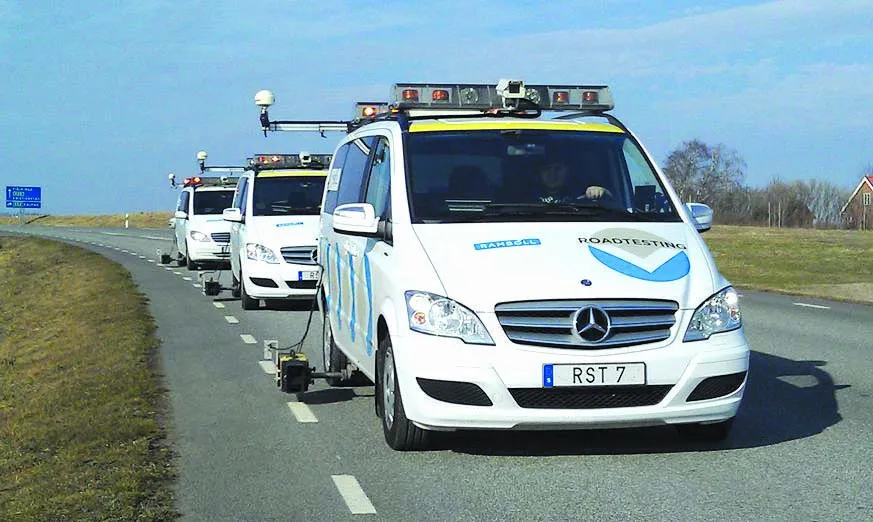253 Iteris has been awarded a US$1.5 million, five-year contract by the Riverside County Transportation Commission (RCTC), in cooperation with the San Bernardino Associated Governments (SANBAG), to operate and maintain the Inland Empire's 511 traveller information system.
The 3991 IE511 system, which formally launched in June 2010, provides this growing area to the east of Los Angeles with a comprehensive, multi-media, traffic, and transit traveller information system. Iteris engineered and deployed key elements of the IE 511 system, including interactive web-based traffic maps and an interactive voice response (IVR) telephone system. The interactive maps display travel times on major highways, changeable message signs, video images from roadside cameras, and identify incidents and SigAlerts as reported by the California Highway Patrol.
Under this new contract, Iteris will be converting the existing IVR platform to its proprietary IVR to reduce ongoing costs, and streamline the operations and maintenance of the overall 511 system, reporting regularly to RCTC on system up-time and user statistics. Work on the project expected to run through June 2016.
"This is the next step in enhancing overall traveller information services to the residents and commuters throughout the Inland Empire. Not only will our team continue to provide vital, real-time, and accurate information, but we are also enhancing the overall service to efficiently respond to the increasing demand of the service," stated Robert Yates, RCTC multimodal services director.








